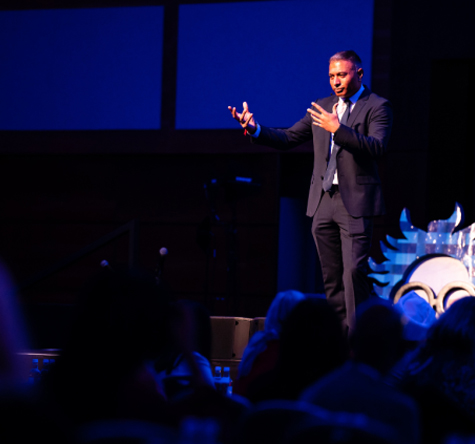A vision is a clear, shared, and compelling image of what could be.
It’s an idealised future state that serves as a guide for action in the present.
Visionary leaders are able to see that future and inspire others to follow them there.
Being a visionary leader requires a combination of qualities, skills, and characteristics that help individuals to effectively lead and inspire others towards a shared goal or vision.
Visionary leaders are able to create a sense of urgency around their vision by highlighting how it will help you achieve your goals or solve problems (e.g., “With more resources, we’ll be able to deliver faster”).
Leaders need to be able to build a shared vision for their teams which is why leaders should always be clear with their communication and make sure that all parties understand the direction of the company.
The main things that leaders need to consider when thinking about how they want to communicate are to have a clear vision for the team and to use language to clarify that vision and build a team around it.





